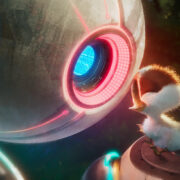Creating Life: On Edward Yang’s TAIPEI STORY
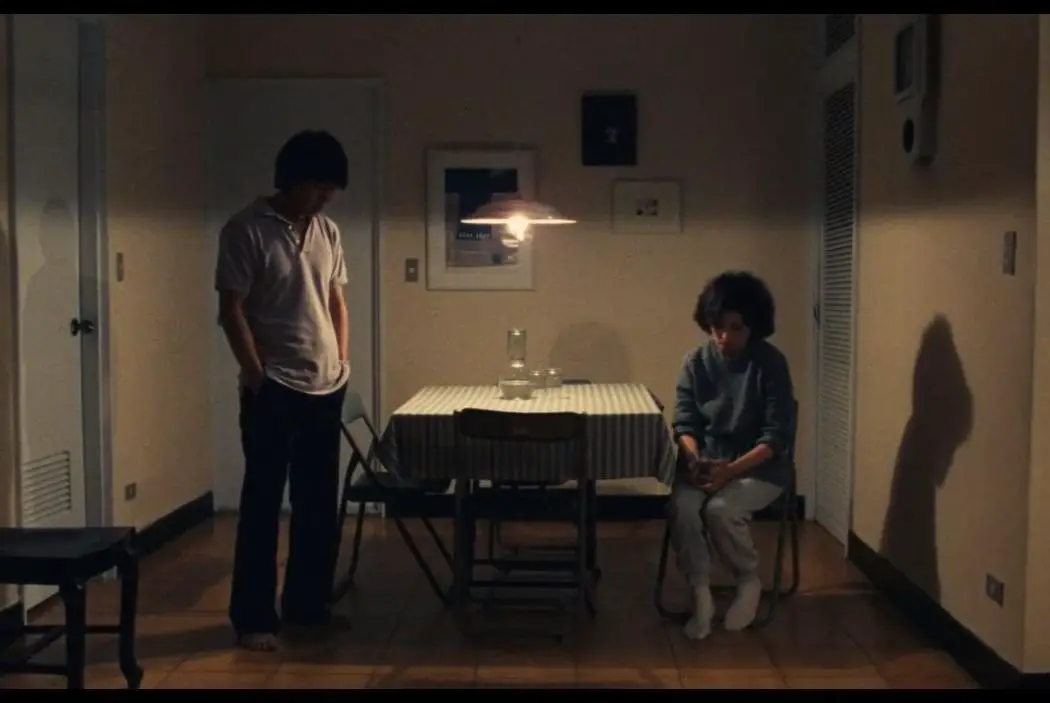
Data analyst living in Manchester. Writes for Film Inquiry, The…
In Taipei Story, beauty and sadness coexist as equals in a single frame. It is about the troubles that everyone faces, even when life is, on the surface, a relatively painless activity. The people in Edward Yang’s films ask themselves what they want from life, and they connect to the people around them who are also buried in the same difficult questions. However, there is a difference between brutal realism and how Yang builds his characters from the surface up. He saw commonality and shared feelings of pain and melancholy as life’s equaliser, which in its own way is a beautiful thing.
Some characters in Taipei Story behave as if an exciting new way of living has come about, but surrounding them are people bewildered by love’s absence. The young are hopeful, and the older generations have made their peace, no matter how difficult things still are. But those in-between have neither hope nor experience unless they are wrapped up in the city’s burgeoning business district, distracting themselves with ideas of success. And Chin and Lung, played by Tsai Chin and master Hou Hsiao-hsien respectively, are two stoic witnesses to this collective hardship, which Yang captured in his singular and immortal style.
Yang’s Machine
The transcendent quality of his films is matched by other filmmakers who have also tried to offer up their otherworldly visions of human existence. Taipei Story, however, is an example of how Yang surpassed his contemporaries and those beyond. It was released in 1985, but it could belong to any time after that. The film’s style is distinctly modern as if he had tapped into a mood specific to a period in the near future. Thematically, the effects of modernisation and globalisation are easy targets when analysing his films, because Yang was concerned with what is much harder to define.
As Tony Rayns states in his essay on Apichatpong Weerasethakul’s Tropical Malady, it’s hard to write about a film that “is a mechanism to channel thoughts and feelings”. In Taipei Story, the most resonant moments occur when the backdrop of Taipei heightens the sorrow of a character’s bowed head or wounded expression. And when what the characters say is significant, it’s the way these words are spoken: quietly and with the heaviness of someone realising that what they’ve said is surprising even to them, as if they have confessed something they didn’t know they believed.
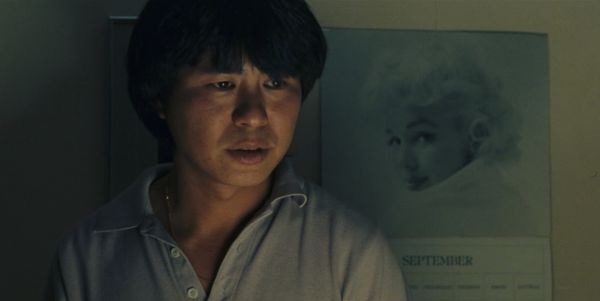
In tone, theme, and effect, a conversation between Lung and Chin near the start mirrors a scene at the end of Yi Yi, his final masterpiece. In the latter, a middle-aged couple reflects on their failed endeavours during a time when they felt they needed to test their desires for a different life. Lung and Chin similarly discuss the past, but they reveal how they see themselves changing in their expectations of a better life.
Both scenes are solemn and dreamlike, and Yang never loses his grip on the pace of the conversations, the characters’ words drifting from their mouths like smoke. But as hypnotic as the style is, the social drama is crucial to its effect. The drama is not a functional part of the machine – it is, with the style, the machine itself.
Compositional Storytelling
Every technical and narrative element of Yang’s films is remarkable, but it’s the composition of his characters, how and when they interact, which is the most poetic of his artistic virtues. It’s lyrical the way his films rely on interconnected lives to set the direction and drive the narrative forward. Secondary characters and their stories become the fuel for the profound development of those at the core of Taipei Story, as well as establishing the world that is chipping away at Chin and Lung’s natural desire for a life they can call good.
Lung is reacquainted with an old friend, a taxi driver with whom he played baseball in his prime. “I’ve been driving for two days without sleep,” says Ch’en, played by Wu Nien-jen, a dominant figure in Taiwanese cinema. Ch’en’s wife gambles too much, an addiction that leaves their children abandoned for days at a time while their father works. Instead of keeping a safe distance, as he does with Chin and almost everyone else, Lung intervenes, and the consequences are tragically disproportionate to his admittedly hot-headed approach.
But regardless of how miserable this narrative becomes, Yang handles it with great empathy and skill, Lung’s response, and how it influences his world view being a real, human progression. The same goes for Chin and how she witnesses her mother’s dejection in a marriage which has reduced her to servitude.
Lung has returned from “the States”, and they visit Chin’s parents early in the film. Chin’s father is a small-minded man who has benefited from outdated ideas of a woman’s place in society. His dinner is served to him by a silent, obedient wife, while he laments the fact that his daughter is moving out of his household unmarried.
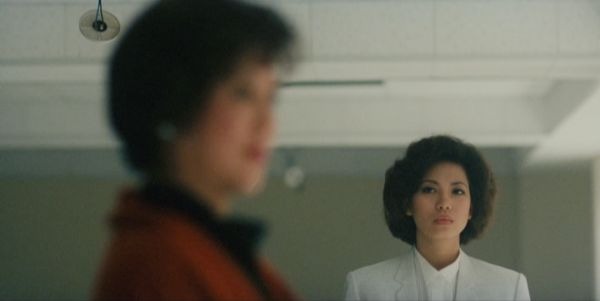
Chin despises her father and pities her mother, and this affects her relationship with Lung. She also sees her parents as evidence of how easily life can disappoint. Chin and Lung are tied together by a shared disappointment with this world: how it breaks the people around them and fools others, including themselves, into thinking there is an easy solution to happiness. Gradually, they begin to see things differently. Chin who wants to move to the US, or get married – is willing to take a chance on something new. Lung replies, “Just a fleeting hope. The illusion that you can start over.”
What Comes Between Chin and Lung
Lung is idealistic. He thinks he can bailout Chin’s father and that will be that; he tries to correct his friend’s wife’s gambling addiction with force. But as he is consistently dismayed by the world he sees, he eventually breaks, no longer able to believe there is a way forward. Gwen, a childhood friend, criticises his destructive instincts.
“I think you only know how to pity other people,” she says. “You’re living in your own fairy-tale world where only your pity can save us.” Still, Gwen is unhappy, is in the middle of a divorce, and she invites Lung to have an affair. Lung knows he cannot save her from her grief. Instead, he tells her that everything would’ve turned out the same anyway, whether she had married him or her husband.
Conversely, Chin is realistic about what they can gain from life, however, limited, and in turn, she is hopeful because she will suggest or even try alternatives. When she discovers that Lung visited Gwen in Japan on his way back from the US, sure that he betrayed her, she goes on a bender with her younger sister and her friends.
She observes and participates in their optimistic view of the future. They don’t bother themselves with weighty ideas of what’s ahead or what they can do to shape it. Arguably the film’s two best visual sequences take place during this experiment: the gang riding their motorcycles around the Presidential Office Building, and the breathtaking Fuji Film billboard scene.
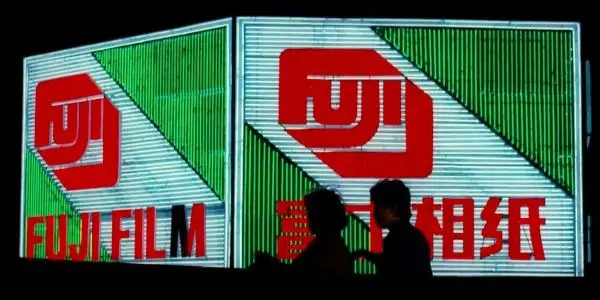
One of the young men in this group becomes fascinated by Chin, and she experiences what it’s like to be witnessed by a silent admirer. But Chin becomes uncomfortable with the intensity of the young man’s curiosity. She enjoyed her fleeting hedonism, but it was merely different, just another unsatisfactory way of living.
When Chin suggests getting married or moving away, Lung’s dismissal of her “cure-all” solutions is harsh, but both are now too disconnected to be able to continue a life together. This divergence of their fundamental beliefs causes the rupture in their relationship. They are hardly physically intimate, but there was a connection only they felt; it tied them together and was the psychological intimacy they needed. As witnesses, they could keep each other stable, but as Lung starts to lose his restraint, he is unable to maintain a safe distance from what they see going on around them.
Creating Life in Taipei Story
The film ends with an avoidable confrontation. As Lung laughs at what has become of himself, lying on the pavement and hallucinating that a television dumped on the street is showing him highlights of a life he had dreamed of, this confirms an important fragment of Lung’s past, which Yang had teased throughout the film. So much of the film’s compositional storytelling has to be interpreted with scraps of information shared between people in conversation or by characters’ reactions to seemingly trivial incidents. This intensifies the film’s style, increasing the beauty of a world where melancholy and grief are dominant.
Edward Yang created life as densely layered and complex as our own experiences, highlighting what might seem like human weakness but is actually what makes people unique and equal. He once said that he absolutely believed in love, but that indestructible and everlasting love was hard to come by. There is an absence of indestructible love in Taipei Story, but the people are resolved to find hope, to be happy at least some of the time.
Is this Yang’s best film? Which one is your favourite? Please let us know in the comments below!
Does content like this matter to you?
Become a Member and support film journalism. Unlock access to all of Film Inquiry`s great articles. Join a community of like-minded readers who are passionate about cinema - get access to our private members Network, give back to independent filmmakers, and more.
Data analyst living in Manchester. Writes for Film Inquiry, The State Of The Arts, Vague Visages.



